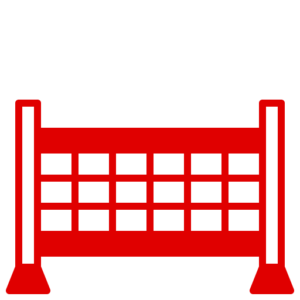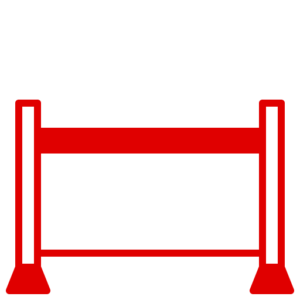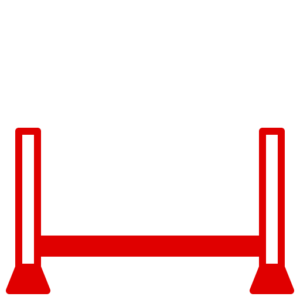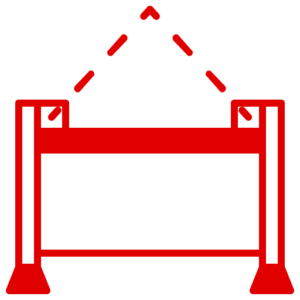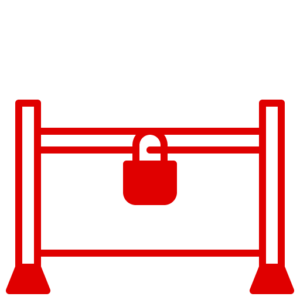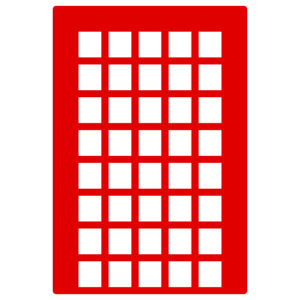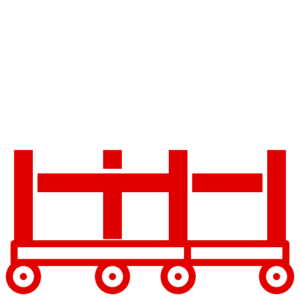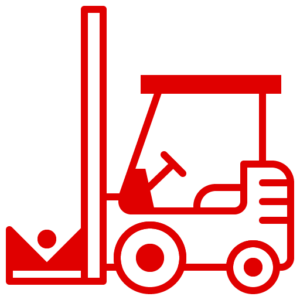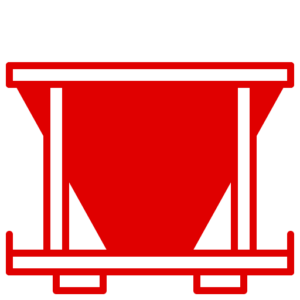News
Ensuring Stillage Stability: A Guide from Lowe Stillages & Cages
At Lowe Stillages & Cages, we prioritise safety and stability when it comes to handling stillages. To prevent collapse or toppling, it is essential to adhere to the PUWER guidelines. In this blog post, we provide a comprehensive guide on how to maintain stability and prevent accidents by following industry best practices.
- Assess Load Capacity: Determining the load capacity of stillages is crucial. Ensure that the loads placed on them fall within the specified limits. Overloading stillages compromises stability and increases the risk of collapse or toppling.
- Proper Stacking: Stack stillages correctly to maintain stability. Align them properly, stack them evenly, and adhere to safe stacking height limits. Follow manufacturer recommendations and consider weight distribution when loading the stillages.
- Use Secure Stacking Methods: Use recommended stacking methods to prevent collapse or toppling during storage or transportation. Interlocking mechanisms, corner posts, and securing devices suggested by the manufacturer can enhance stability.
- Avoid Unstable Surfaces: Place stillages on stable and level surfaces to minimise the risk of collapse or toppling. Avoid uneven or slippery surfaces that could compromise stability.
- Regular Inspections: Regularly inspect stillages to identify signs of damage, wear, or instability. Look for structural defects, cracks, bent components, or loose connections. Promptly address any issues by repairing or replacing damaged parts.
- Maintenance and Repair: Maintain the structural integrity of stillages through regular maintenance and repairs. Follow manufacturer guidelines for maintenance procedures and promptly address any defects or issues found during inspections.
- Train Employees on Safe Handling: Provide comprehensive training to employees on safe handling techniques for stillages. Educate them on proper loading and unloading procedures, safe stacking practices, and recognising signs of instability. Encourage reporting of any stability concerns.
- Secure Stillages during Transportation: During transportation, use appropriate restraints or securing mechanisms to prevent movement or shifting that could lead to collapse or toppling. Adhere to industry best practices and transportation guidelines.
- Implement Housekeeping Practices: Maintain good housekeeping practices in storage and handling areas to minimise the risk of collapse or toppling. Keep the area clean, free from debris, and store stillages in an organised and stable manner.
- Document Compliance: Maintain detailed records of inspections, maintenance, and corrective actions taken to address stability concerns. This documentation demonstrates compliance with PUWER regulations and serves as a reference for ongoing monitoring and improvement.
Conclusion: By following these guidelines, employers can prevent stillage collapse or toppling, ensuring a safer working environment and reducing the risk of accidents or injuries. At Lowe Stillages & Cages, we emphasise the importance of stability and encourage all stakeholders to prioritise safety in their stillage handling operations.

